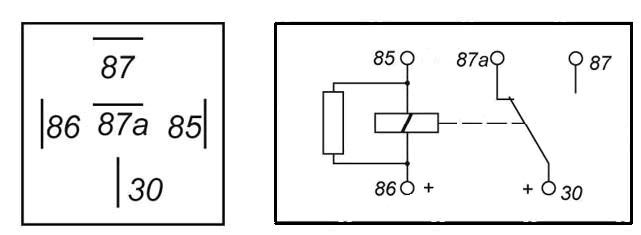Has anyone used the Ford Solenoid Switch instead? I've gone through my collection of Mopar Starter Relays & just can't seem to get the SR to activate the Starter. I've got a Ford Solenoid Switch which just looks like a better design (2 hefty posts vs. the one on the Mopar SR).
Also, from pulling apart a Mopar SR, I was 'aghast' (as Thurston J. Howell would say) at the skimpy construction of the relay - i.e.: One copper 'strand', abt 0.2mm diam connecting the posts). Perhaps the Ford Switch is no better inside, but certainly looks heftier from the outside.
Curious to see some of your thoughts.
Also, from pulling apart a Mopar SR, I was 'aghast' (as Thurston J. Howell would say) at the skimpy construction of the relay - i.e.: One copper 'strand', abt 0.2mm diam connecting the posts). Perhaps the Ford Switch is no better inside, but certainly looks heftier from the outside.
Curious to see some of your thoughts.




















